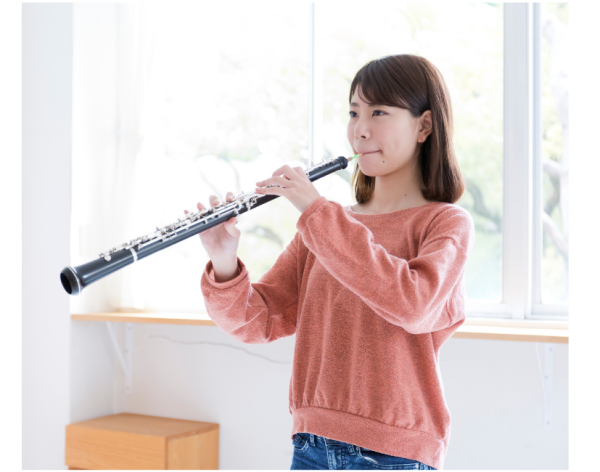Welcome to the Oboe
The oboe is a fascinating instrument. Find out all about it with this useful information from our woodwind team.
Click here toapply for lessons
Let's get playing!
The oboe is an excellent choice for new learners looking for a technical challenge or experienced woodwind players wanting to explore double reed instruments.
For playing the oboe it is recommended that pupils have developed their adult teeth to play comfortably. If younger learners would like to take up the instrument, please get in touch and our teachers will be happy to discuss suitability on a case by case basis. We aim to help everyone find the right pathway to learning the instrument of their choice.
Special features
Two reeds give the oboe its distinctive sound. Classed as a 'double reed' instrument, the reeds are placed together with a small gap between them. When air is blown through, they vibrate together.
They hold a special place in the orchestra as all other instruments are tuned to match an 'A' note played by the oboist.
Why choose the oboe?
Playing the oboe develops excellent technical discipline. Oboe players are true specialists although their skills can be transferred to other instruments too.
Oboists can enjoy playing as soloists or in orchestras. They are always in demand!
The oboe and its instrument family
The oboe belongs to the woodwind family, like clarinets, saxophones and flutes for example.
Notes are played by blowing air into the instrument and pressing keys with the fingers. Unlike many woodwind instruments, there is no mounthpiece on an oboe and the 'double reed' can been seen sticking out of the top of the instrument.
Other double reed woodwind instruments include the bassoon and cor anglais.
The oboe in action
This trio is made up of 2 oboes on the left and right, and a slightly larger instrument, the cor anglais, in the middle.
Variations on a Theme from Mozart's Don Juan by Beethoven, performed by the Royal Danish Oboes:


